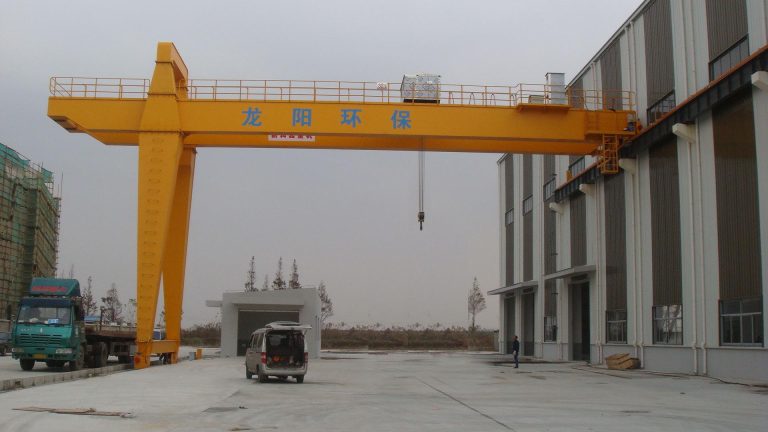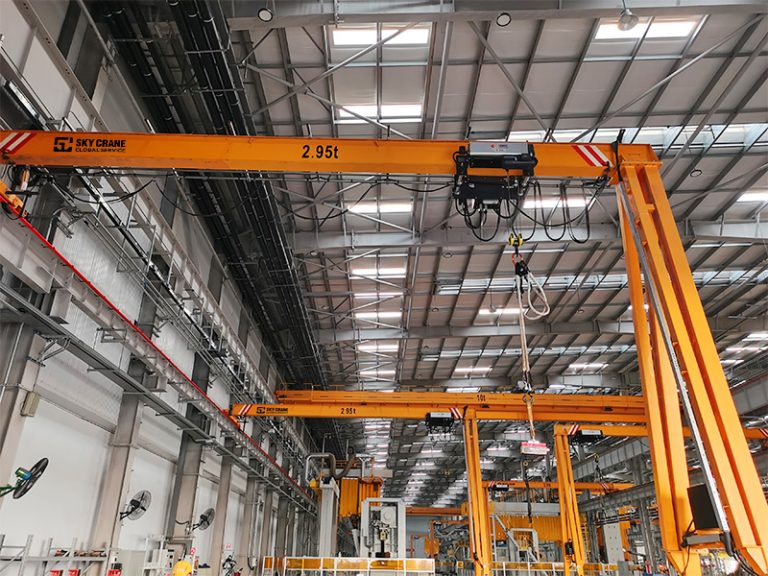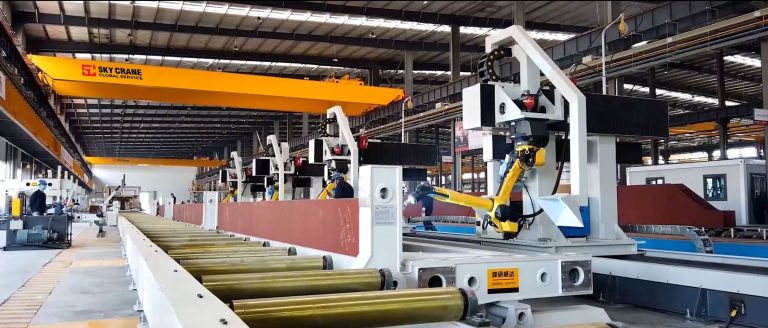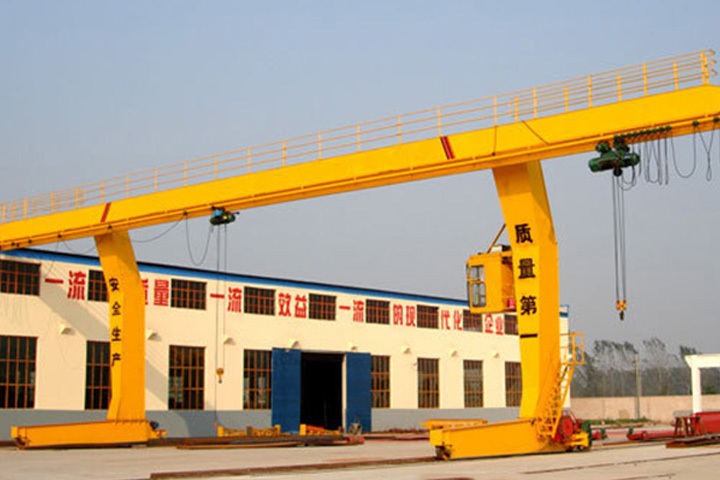Table of Contents
Melemo ea ho Sebelisa Thepa e Phahamisang ea Boleng bo Phahameng Bakeng sa Ts’ebetso ea Boema-kepe
Likarolo tse ka Sehloohong tseo u ka li Batlang Ha U Khetha Mofani oa Sechaena bakeng sa Thepa ea ho Phahamisa

Nomoro ya Seriale
Lebitso la thepa
QZ OVERHEAD CRANE WITH GRAB CAP.5-20T
| Rabara – e khathetse Gantry Crane | Crene ea mofuta oa Europe |
| 1 | Korene ea boema-kepe |
| 2 | Qetellong, ha u khetha mofani oa thepa oa Sechaena bakeng sa ho phahamisa lisebelisoa bakeng sa likou, ke habohlokoa ho nahana ka lintlha tse sa tšoaneng ho netefatsa hore u fumana lihlahisoa tsa boleng bo botle ka ho fetisisa ka theko ea tlhōlisano. Ka ho batla barekisi ba nang le botumo bo tiileng, lihlahisoa tse ngata tse fapaneng, lits’ebetso tsa tlhahiso ea boleng bo holimo, litheko tsa tlholisano, lits’ebeletso tse ntle tsa bareki, le likhetho tse tšepahalang tsa thomello, u ka fumana morekisi ea fihlelang litlhoko tsa hau mme a u thusa ho ntlafatsa ts’ebetso le ts’ebetso. polokeho ea ts’ebetso ea boema-kepe ba hau. |
| 3 | European-style crane |
| 4 | Harbour crane |
In conclusion, when choosing a Chinese supplier for lifting equipment for ports, it is important to consider a variety of factors to ensure that you are getting the best quality products at the most competitive prices. By looking for suppliers with a solid reputation, a wide range of products, high-quality manufacturing processes, competitive pricing, excellent customer service, and reliable shipping options, you can find a supplier that meets your needs and helps you to improve the efficiency and safety of your port operations.






